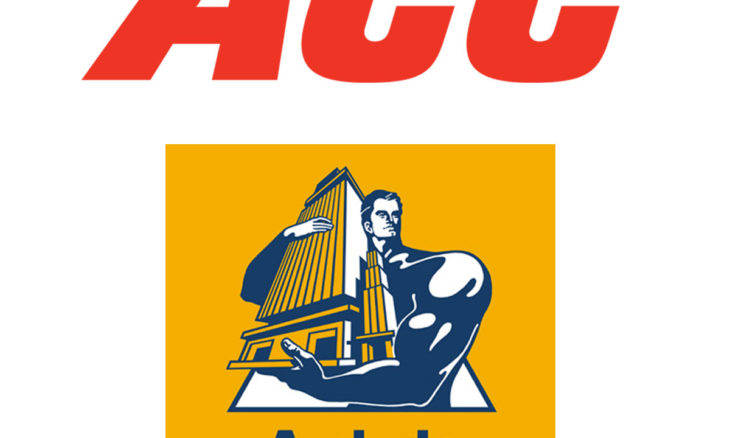
Ambuja Cements and ACC Ltd, the two operating companies of global building material and solutions organisation LafargeHolcim, have announced that the WHRS projects across six cities in India are progressing well and will be completed by Q2 of 2022. The Waste Heat Recovery System (WHRS), which will deliver the decarbonisation agenda will be installed at Ambuja Cements plants in Bhatapara (Chhattisgarh), Suli and Rauri (Himachal Pradesh), and Marwar Mundwa (Rajasthan); and ACC plants in Jamul (Chhattisgarh) and Kymore (Madhya Pradesh). The project is in line with LafargeHolcim’s Net-Zero Pledge and the aim is to drive sustainability using technology, for enhanced use of green energy.
“Our sustainable development ambition is built on global standards that are aligned to LafargeHolcim’s sustainability strategy. Our mission to set up WHRS will be a step towards achieving efficiencies, while also reducing CO2 emissions. The decarbonisation measures will help both ACC and Ambuja to progress on their net-zero journey. With a sharper focus on climate and energy, we aim to build a circular economy, conserve natural resources, and drive meaningful change,” said, Neeraj Akhoury, CEO LafargeHolcim India, and Managing Director & CEO, Ambuja Cements Ltd. The Company will be investing Rs 780 crore in WHRS, which will help reduce 5.61 lakh tonne of CO2 emissions per year.
“We are consistently striving to incorporate best practices to achieve our sustainability goals and targets. Our approach focuses on four priority areas, Climate & Energy, Circular Economy, Environment, and People & Community. By adopting the decarbonisation measures, we are gearing up to drive sustainable practices and through this we will continue to keep sustainability at the core of our endeavors,” said Sridhar Balakrishnan, MD & CEO, ACC Ltd.
The decarbonisation agenda will be accelerated and achieved through a number of measures, in addition to WHRS, such as enhancing the use of renewable energy and reducing the amount of clinker used in cement manufacturing.

